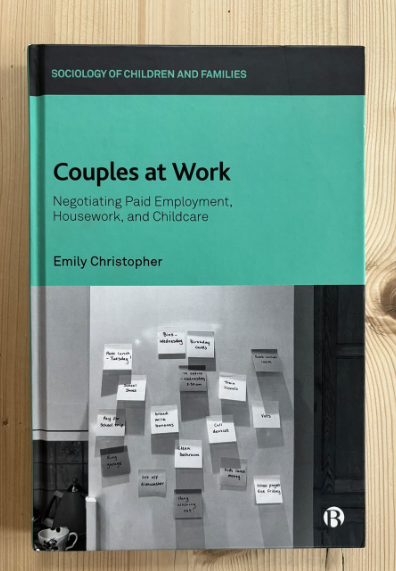- A £110k grant from Orthopaedic Research UK is to help to conduct the work
- Study is a collaboration with The Royal Orthopaedic Hospital
- Researchers to use gallium-doped bioglass to produce a substance with anticancer and bone regenerative properties.
Professor Richard Martin
Aston University is collaborating in research to develop an injectable paste which could treat bone cancer.
The Royal Orthopaedic Hospital has secured a £110,000 grant from Orthopaedic Research UK to conduct the work. The project will see researchers at the hospital and the University use gallium-doped bioglass to produce a substance with anticancer and bone regenerative properties. If proved effective it could be used to treat patients with primary and metastatic cancer.
Gallium is a metallic element that when combined with bioactive glass can kill cancerous cells that remain when a tumour is removed. It also accelerates the regeneration of the bone and prevents bacterial contamination. A recent study led by Aston University found that bioactive glasses doped with the metal have a 99 percent success rate of eliminating cancerous cells.
Dr Lucas Souza, research lab manager at the hospital’s Dubrowsky Lab is leading the project. He said : “Advances in treatment of bone cancer have reached a plateau over the past 40 years, in part due to a lack of research studies into treatments and the complexity and challenges that come with treating bone tumours. Innovative and effective therapeutic approaches are needed, and this grant provides vital funds for us to continue our research into the use of gallium-doped bioglass in the treatment of bone cancer.”
Professor Richard Martin who is based in Aston University’s College of Engineering and Physical Sciences added: “The injectable paste will function as a drug delivery system for localised delivery of anticancer gallium ions and bisphosphonates whilst regenerating bone. Our hypothesis is that this will promote rapid bone formation and will prevent cancer recurrence by killing residual cancer cells and regulating local osteoclastic activity.”
It is hoped the new approach will be particularly useful in reducing cancer recurrence and implant site infections. It is also thought that it will reduce implant failure rates in cases of bone tumours where large resections for complete tumour removal is either not possible, or not recommended. This could include incidents when growths are located too close to vital organs or when major surgery will inflict more harm than benefit. It could also be used in combination with minimally invasive treatments such as cryoablation or radiofrequency ablation to manage metastatic bone lesions.
Dr Souza added: “The proposed biomaterial has the potential to drastically improve treatment outcomes of bone tumour patients by reducing cancer recurrence, implant-site infection rates, and implant failure rates leading to reduced time in hospital beds, less use of antibiotics, and fewer revision surgeries. Taken together, these benefits could improve survival rates, functionality and quality of life of bone cancer patients.”
Other members of the team include the hospital’s Professor Adrian Gardner, director of research and development and Mr Jonathan Stevenson, orthopaedic oncology and arthroplasty consultant, Dr Eirini Theodosiou from Aston University and Professor Joao Lopes from the Brazilian Aeronautics Institute of Technology.
ENDS
About the Royal Orthopaedic Hospital NHS Foundation Trust
The Royal Orthopaedic Hospital NHS Foundation Trust is one of the largest specialist orthopaedic units in Europe, offering planned orthopaedic surgery to people locally, nationally, and internationally.
The Trust is an accredited Veteran Aware organisation and a Disability Confident Leader. Ranked 8th in the 2024 UK Inclusive Top 50 Employers list, the Royal Orthopaedic Hospital is the highest-ranking NHS organisation for its commitment to diversity and inclusion.
The Royal Orthopaedic Hospital has a vibrant research portfolio of clinical trials, observational studies and laboratory studies exploring new treatment options, new approaches in rehabilitation and therapy, and new medical devices. This research is delivered by our researchers and clinicians spread across the Knowledge Hub, our home for education and research, and the Dubrowsky Regenerative Medicine Laboratory, a state-of-the-art lab opened in 2019.
About Aston University
For over a century, Aston University’s enduring purpose has been to make our world a better place through education, research and innovation, by enabling our students to succeed in work and life, and by supporting our communities to thrive economically, socially and culturally.
Aston University’s history has been intertwined with the history of Birmingham, a remarkable city that once was the heartland of the Industrial Revolution and the manufacturing powerhouse of the world.
Born out of the First Industrial Revolution, Aston University has a proud and distinct heritage dating back to our formation as the School of Metallurgy in 1875, the first UK College of Technology in 1951, gaining university status by Royal Charter in 1966, and becoming The Guardian University of the Year in 2020.
Building on our outstanding past, we are now defining our place and role in the Fourth Industrial Revolution (and beyond) within a rapidly changing world.
For media inquiries in relation to this release, contact Nicola Jones, Press & Communications Manager on 07941194168 or email: n.jones6@aston.ac.uk





